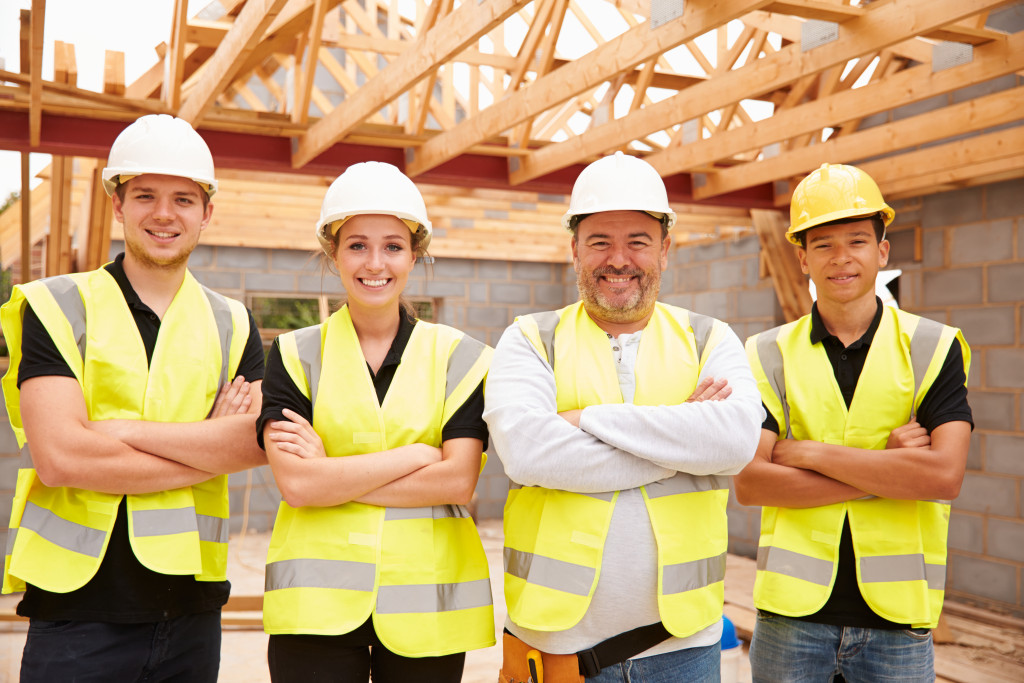It goes without saying that constructing buildings, homes, and infrastructure can take a good amount of time, money, and resources. Not only do these major projects cost time and money, but they will also need a considerable degree of staffing that can oversee different aspects of the construction process.
However, the construction industry has always been known for being an industry that’s filled to the brim with hazards. In fact, a report has shown that 111 workers were killed due to work-related accidents in 2019 alone, with the highest percentage in the construction industry. On the other hand, around 92 members of the public have been killed in work-related incidents near their area.
Not only do these accidents gravely injure individuals, but they can also cause a significant decrease in the performance of workers while also delaying the completion of construction projects. Additionally, accidents can severely tarnish the reputation of construction companies that don’t emphasize the safety of their workers.
So what are some important factors that contractors and employers need to be mindful of? Here’s what you need to know.
Skills and Knowledge
One of the most effective ways of maximizing the safety of construction workers is by facilitating proper training and education. It’s known that training employees and the workforce and making them more aware of the hazards in their working environment can keep them healthy and safe from potential dangers.
If you’re planning on training your workforce further and honing their skills and abilities, various organizations known for providing test centers in this scenario can facilitate their training and testing. Fortunately, you can easily book your CSCS blue card operatives test at a local test center. This is known for being one of the best ways of honing the skills of construction workers and making them more aware of their surroundings in their current working environment.

Environmental Factors
Another important factor that needs to be considered by employers and contractors includes the environmental factors that come into play. The environment and the nature of the work will ultimately determine the safety equipment and expertise needed for the job.
There are different types of working environments with different forms of hazards. Building high-rise structures and skyscrapers will have more falling hazards. At the same time, those who are working with heavy-duty crawlers need to be careful when interacting with moving machinery, as these are physical hazards. Construction workers laying bitumen for roofing materials and other types of chemical-based construction materials should be mindful of harmful gas emissions and biological hazards.
As you can see, the hazards in each construction site will differ, and having the right safety equipment is paramount to the safety of the workers. This means that workers will be safe, but individuals living within the general vicinity will also be safe and healthy against these hazards.
Safety Equipment
One of the most important parts of safety in construction sites is safety equipment. Although there might be professionals and experts in the field with decades of experience when it comes to construction, hazards will still be present, and having the right safety equipment can greatly reduce work-related injuries and accidents.
Again, the personal protective equipment (PPE) that workers use will vary depending on the nature of the work and the construction environment that’s taking place.
Management and Engineering Controls
Last but not least, one of the essential parts of safety for construction workers is implementing management and engineering controls. Many government agencies worldwide have been recommending placing hazard controls so that the risk of accidents is severely mitigated.
These controls are divided into the following sections:
- Engineering controls – Extensively modifying equipment and designs to fit your needs.
- Administrative controls – Altering the flow of daily operations, rules, and standard operating procedures to ensure that workers are placed out of harm’s way.
- Substitution – Directly addressing the hazard by removing it from the environment or substituting it with a safer alternative.
When ensuring that everyone is safe, healthy, and secure in construction sites, training, safety equipment, and control must be emphasized. Regardless of the nature of the project, the construction industry has always been plagued with hazards. The last thing that contractors and building owners want is hearing about an accident taking place when it’s preventable in the first place. Not only will accidents cause setbacks to the project, but they can also leave a negative impression on the construction company’s reputation and lead to legal problems. That said, investing in proper safety equipment and comprehensively training individuals on what they should do in the field can significantly reduce accidents.

